Are you seeing spotted lanternflies everywhere? You’re not alone. These striking insects have become a common sight, causing concern and prompting many to take action, often by squishing them on sight. But before you unleash your fury, it’s worth understanding what truly attracts these planthoppers and whether stomping them is the most effective—or even necessary—response.
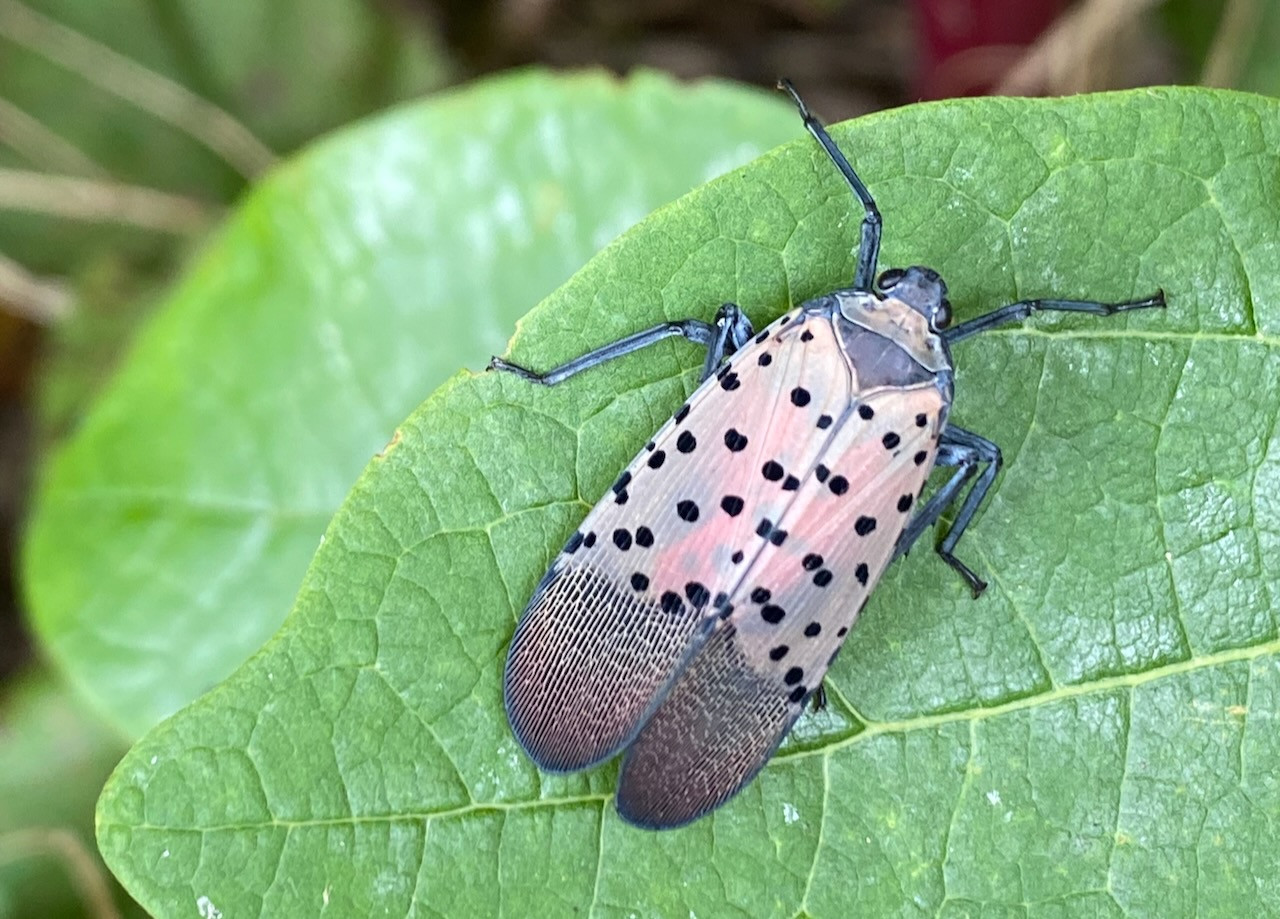 Spotted lanternfly
Spotted lanternfly
My own introduction to the spotted lanternfly phenomenon began with a sense of dread, not of the insects themselves, but of the alarmist reactions they would trigger. Having witnessed similar panic with the brown marmorated stink bug a decade prior, I anticipated the wave of frantic online posts: “Is this a spotted lanternfly?! I killed it! Are my plants doomed?”
The stink bug “invasion” of the past painted a picture of an unstoppable pest with no natural enemies, destined to destroy crops and invade our homes indefinitely. For a time, they did proliferate, becoming a noticeable nuisance.
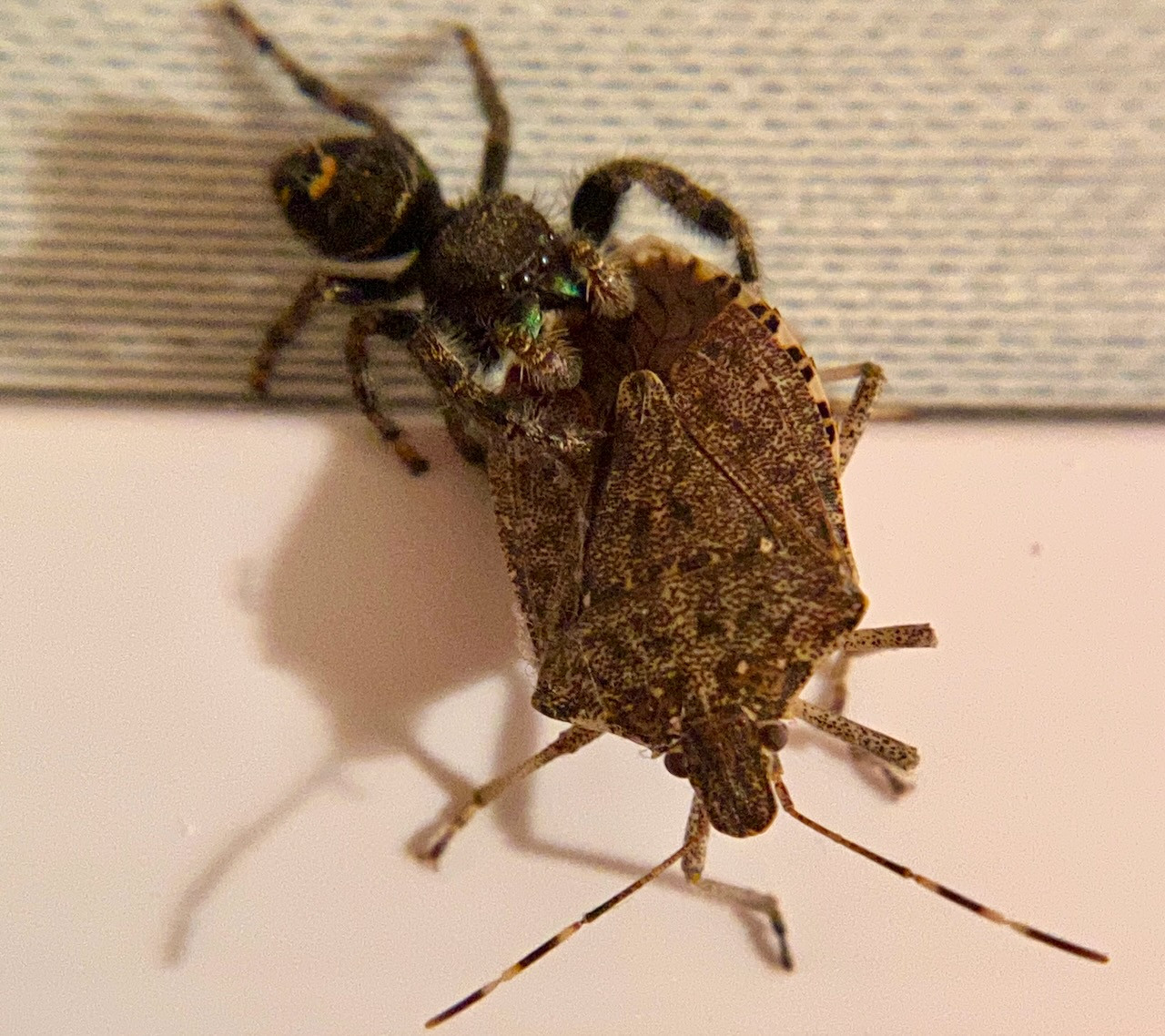 Jumping spider and brown marmorated stink bug
Jumping spider and brown marmorated stink bug
However, nature has a way of balancing things out. It wasn’t long before praying mantises, Carolina wrens, and even jumping spiders discovered the stink bugs were a readily available food source. These natural predators stepped in to control the stink bug population, proving earlier fears unfounded.
My first encounter with the spotted lanternfly came through educational materials at an agricultural fair. Keychains, stickers, and hats branded with the insect urged us to eradicate this “menace” – a creature resembling a moth but labeled a “fly,” actually a planthopper from Asia. The message was clear: spotted lanternflies were agricultural terrorists, poised to devastate crops and forests. Their preferred host plant, the invasive tree of heaven (Ailanthus altissima), was presented as further compounding the threat.
Upon returning home, research revealed a more nuanced picture. Even early sources acknowledged that the primary concern for homeowners was likely to be the sticky honeydew excreted by the lanternflies, a far cry from ecosystem collapse. Mass extermination seemed like an overreaction to sticky patio furniture.
In the years since spotted lanternflies first appeared in Pennsylvania and spread to regions like Maryland, the response has often been disproportionate and even harmful. Sticky traps, intended for lanternflies, have indiscriminately ensnared and killed birds and other wildlife. Native trees have been felled based on misidentification or misguided attempts at control. A local native plant enthusiast recounted the removal of river birches due to lanternfly presence, while a neighbor misidentified native hickories as the invasive tree of heaven. How many native trees have been lost in this wave of misdirected action?
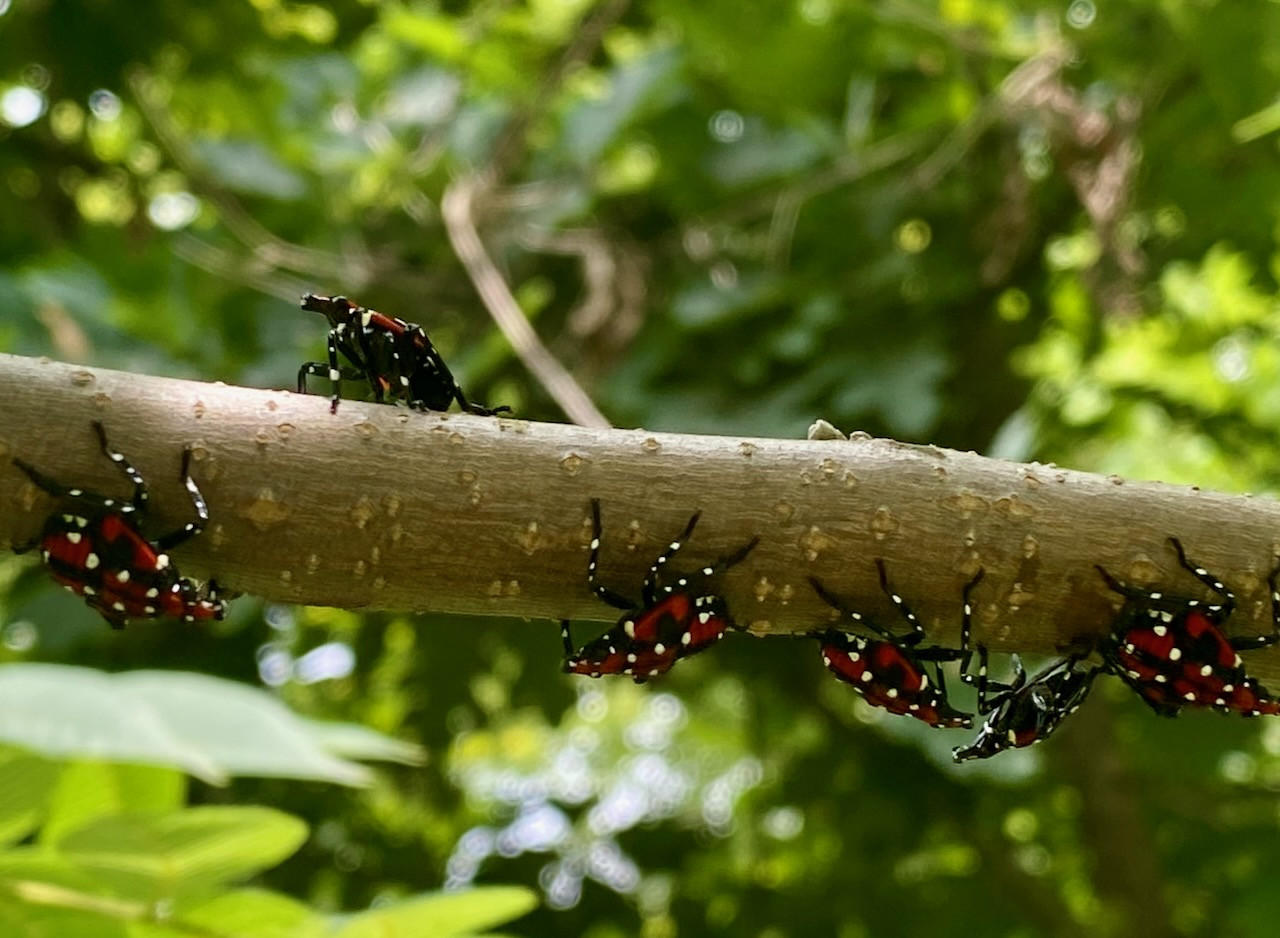 Spotted lanternfly nymphs
Spotted lanternfly nymphs
The predicted devastation by spotted lanternflies has largely failed to materialize. A 2022 Penn State article debunked the myths surrounding the insect, stating that lanternflies rarely kill trees, with the exception of cultivated grapevines and young saplings. Further research from Penn State in August 2023 indicated that the insects cause less damage to hardwood trees than initially feared. Researchers concluded that in natural settings, the constant movement of lanternflies would likely prevent significant negative impacts on forests or ornamental trees.
Despite these findings, some entomologists and media outlets continue to advocate for mass squishing. A New York Times article quoted a Cornell University entomologist acknowledging the lack of evidence that stomping reduces populations, but suggesting it “helps engage the public” and provides a feeling of “empowerment.”
But empowerment to do what? To reinforce a simplistic “good bug” versus “bad bug” mentality and impose our narrow view on the natural world? What message do we send to children when we promote kindness to caterpillars and spiders while simultaneously encouraging the violent stomping of lanternflies? Imagine the positive impact if we dedicated even half the energy spent on eradication to understanding native planthoppers and trees. As I discussed in my book, Wildscape, information on native species, like the two-striped planthopper I observed, is scarce compared to the overwhelming focus on the “impending doom” of the spotted lanternfly.
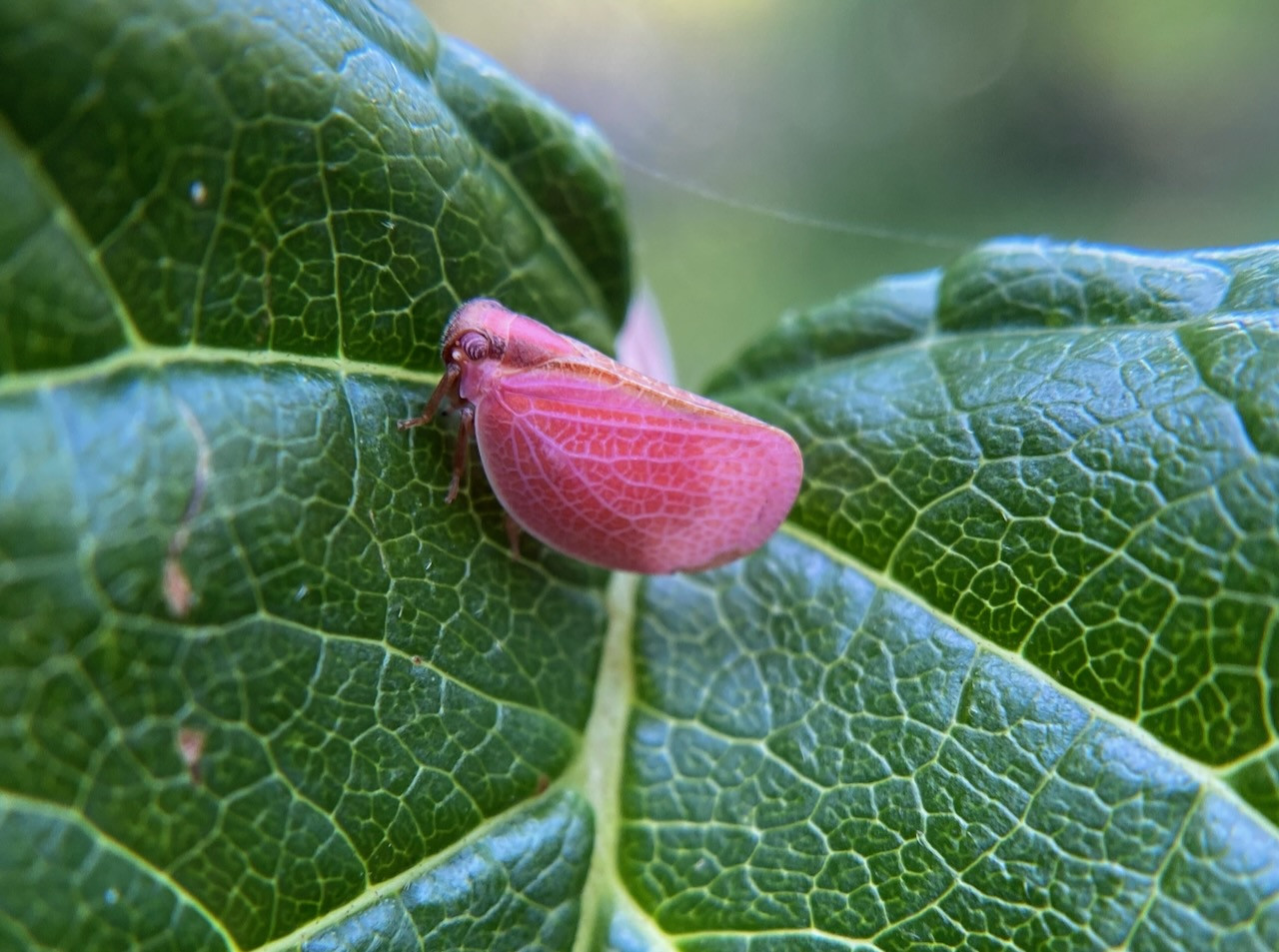 Pink two-striped planthopper
Pink two-striped planthopper
The work of scientists monitoring new species and protecting vulnerable crops is valuable. Agriculture, particularly monoculture vineyards, faces real risks. However, extending this protective approach to all landscapes and advocating for widespread violence against an insect raises questions. Instead of encouraging extermination, wouldn’t it be more beneficial to promote observation and learning?
If spotted lanternflies are drawn to grapevines, how do they interact with the wild grapevines abundant in natural habitats? How do these vines respond, and is their growth affected? What can we learn from observing trees like the staghorn sumac that rebounded from a heavy lanternfly infestation during a drought, emerging stronger than before?
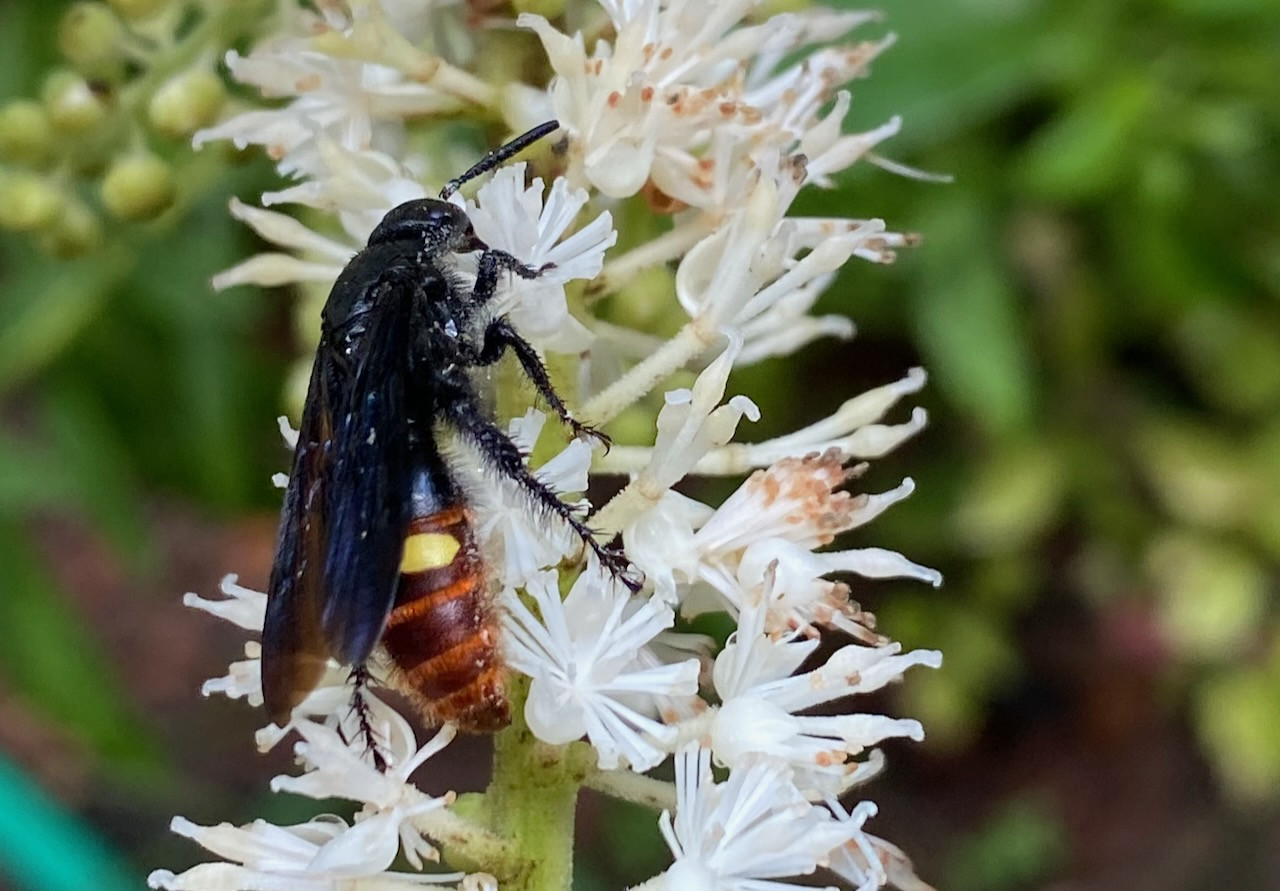 Bluewinged wasp on black cohosh
Bluewinged wasp on black cohosh
We need to step back from reactive destruction and embrace a more balanced approach. Years ago, fear-mongering about Japanese beetles led me to participate in ineffective and unpleasant control methods. Traps and soapy water became the recommended solutions. However, witnessing my niece’s disappointment at finding a jar of dead beetles – her “little fellas” – was a turning point. I realized the disconnect between teaching children to appreciate insects and then indiscriminately killing them.
Since then, nature has taken its course. Mountain mints and bonesets in my garden now attract bluewinged wasps, parasitoids of Japanese beetle larvae. This natural control is far more effective and ecologically sound than any human intervention.
Let’s break the cycle of needless destruction. Let’s stomp out reactive violence and narrow thinking, and instead, cultivate understanding and observation, not just of spotted lanternflies, but of the entire intricate web of life around us.
Endnote: Removing Tree of Heaven
 Tree of heaven seedling with spotted lanternfly
Tree of heaven seedling with spotted lanternfly
Another common reaction to spotted lanternflies is the use of pesticides against tree of heaven. However, a more sustainable approach is simple removal. Cutting down tree of heaven and repeatedly pulling its suckers over several years can effectively eliminate it. The presence of competing native plants further aids in preventing regrowth. Distinguishing tree of heaven from native trees is crucial to avoid mistaken removal of beneficial species.